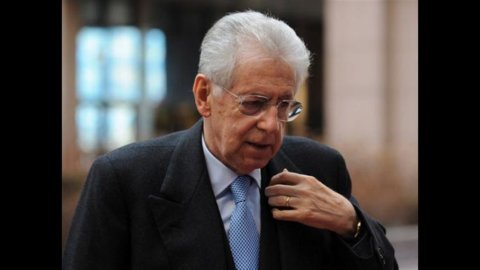The halls of Doge's Palace in Venice from 23 February to 9 June frame the story of the myth of eighteenth-century Italian painting through the works of Giovanni Antonio Canal, better known as Canaletto. The exhibition was promoted by the Fondazione Musei Civici di Venezia and is curated by Alberto Craievich, with the collaboration of RMN-Grand Palais in Paris.
From the very beginning, ihe eighteenth century presents itself as a luxuriant period, an artistic season of great complexity and value, of strong vitality and numerous changes: in the language of art, in the history of ideas and techniques, in social life.
The exhibition starts from the approach to a new artistic form, which breaks ties with the rigor of Classicism and with the theatricality of the Baroque, while the color takes over the drawing. Luca Carlevarijs lays the foundations of Venetian landscape painting, Rosalba Carrera renews the art of portraiture and two young peers paint works in which light acquires a founding, constitutive value: they are Giambattista Tiepolo who produces dynamic compositions with aggressive brushstrokes, and Canaletto.
The journey within the exhibition continues from one room to another with the costume painting by Peter Longhi, the explosion of landscape painting, history and landscape painting, the whim to then arrive at the great season of engraving, which many experience, and of Giambattista Piranesi.
The story of this century is also that of the European presence of Serenissima and the travel of its artists, while also the glass art of Murano lives its splendor, with the goldsmith's art and the manufacture of porcelain. Protagonists of the end of the century are Francesco Guardi and Giandomenico Tiepolo, son of Giambattista.
In Guardi's views the pictorial language, trembling and allusive, far from the sunny certainties of Canaletto, seems to evoke a Venice in decay, while the time of happy and aristocratic life gives way to a population of irreverent Pulcinellas, where all are free and equal , and in the background the revolution inflames France. The Age of Enlightenment, and the exhibition itinerary, closes with the affirmation of Neoclassicism, the Treviso area towers over all Antonio Canova.





